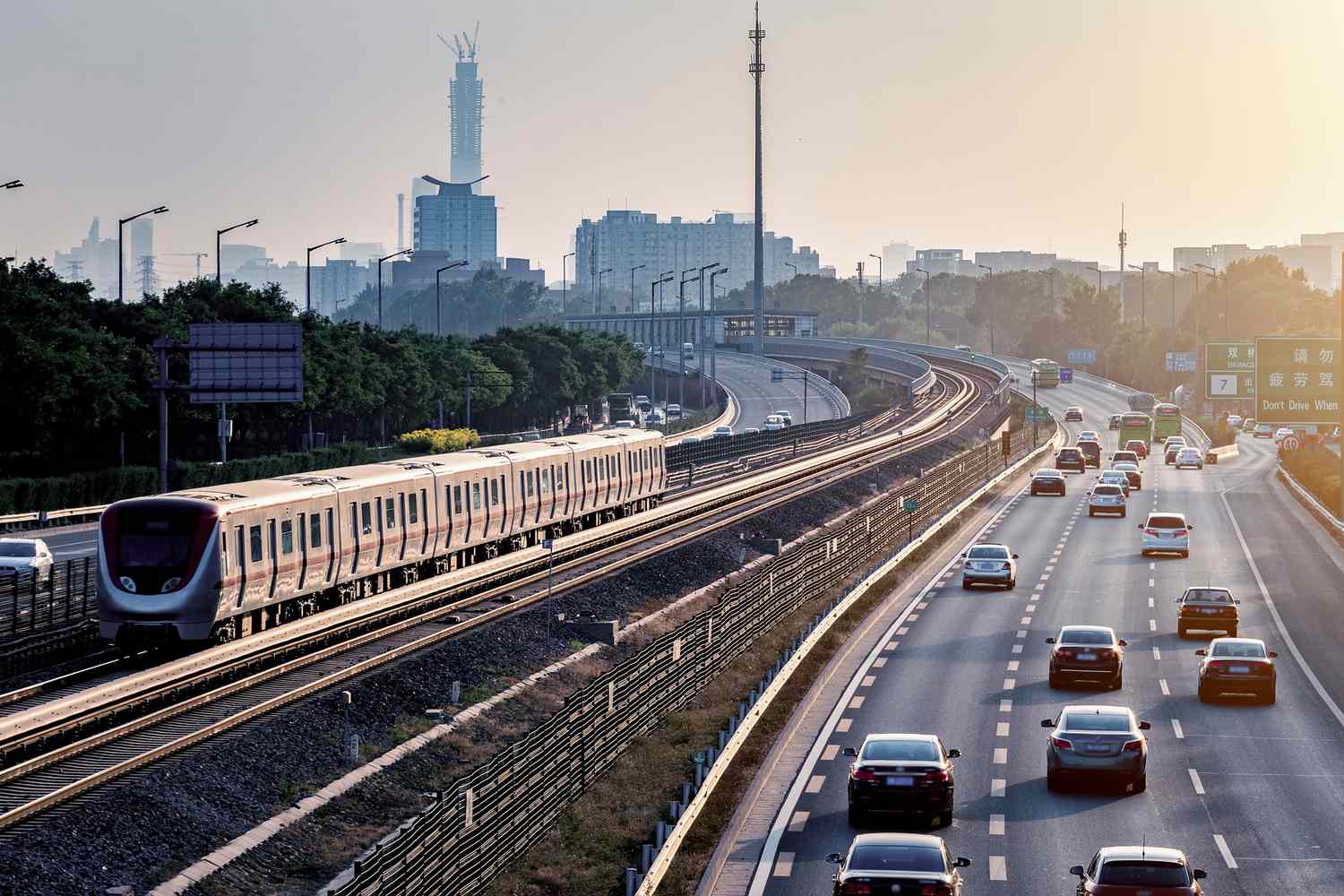
From Sidewalks to Sewers – Exploring the Anatomy of Urban Infrastructure
Urban infrastructure, the physical framework upon which cities are built, plays a critical role in shaping the quality of life for its residents. Beyond the skyscrapers and busy streets lies a web of interconnected systems that ensures the smooth functioning of urban areas. Cities are complex organisms, bustling with activity and teeming with life. Behind the scenes, there exists a vast and intricate network of infrastructure that supports the very existence of urban environments that most people never give a second thought. From transportation and water systems to energy grids and communication networks, urban infrastructure serves as the lifeblood of thriving cities. Let’s embark on a journey to explore the anatomy of urban infrastructure, shedding some light on its main components and their interconnections.
Transportation – the essence of human mobility
At the heart of urban mobility lies transportation infrastructure. Roads and highways form the arteries of a city, facilitating the movement of people and goods. Efficient road networks, carefully designed to accommodate traffic flow, enhance connectivity and reduce congestion. However, transportation infrastructure extends beyond just roads. Robust public transportation systems, such as buses, trains and trams, provide a viable alternative for commuters and contribute to reducing traffic congestion and air pollution. At the same time, the provision of cycling and pedestrian infrastructure encourages active transportation, promoting healthier and more sustainable modes of movement.
Water and sanitation – the lifeblood of the city
Clean water and sanitation systems are absolutely fundamental to the well-being of urban populations. It’s amazing to think that the complex computerized systems we have today have very humble beginnings, starting from ancient Chinese bamboo pipes from thousands of years ago, over Roman aqueducts and simple yet effective designs life swing check valves first developed during the Industrial revolution, to the application of highly advanced machining designs and high-tech materials.
Water supply systems draw from diverse sources and employ treatment processes to ensure the delivery of safe drinking water. However, ensuring access to clean water is only part of the equation. Efficient distribution networks must be in place to reach every corner of the city. Sewage and wastewater management systems are equally crucial, preventing environmental contamination and safeguarding public health. Effective stormwater management strategies mitigate the risk of flooding and protect urban areas from the vagaries of nature.

Energy – powering the modern way of life
A reliable energy infrastructure forms the backbone of any modern city. The electrical power grid, responsible for generating, transmitting and distributing electricity, is indispensable in supporting urban activities. Incorporating renewable energy sources, such as solar and wind power, into the energy mix helps reduce carbon emissions and build more sustainable cities and is becoming ever more prevalent in modern times. Street lighting, an integral component of urban infrastructure, ensures safety and creates an aesthetically pleasing environment for everybody. As cities strive to become smarter, the integration of advanced technologies, such as smart grids, enables efficient energy management and enhances the overall sustainability of urban areas for more people every year.
Communication – the data highway
In the digital age, robust communication infrastructure is essential for economic growth, social connectivity and effective governance. Telecommunications networks, including fiber optics and wireless technologies, enable high-speed internet connectivity, facilitating information exchange and connectivity among individuals and businesses. The advent of smart city initiatives, driven by the Internet of Things (IoT), connects various urban systems and improves efficiency in areas such as transportation, energy and public safety. Digital infrastructure empowers cities to collect and analyze data, fostering evidence-based decision-making and enhancing urban planning efforts.
Green spaces and urban amenities – an essential human need
Beyond the functional aspects, urban infrastructure extends to the creation of vibrant and livable spaces. Parks, gardens and recreational areas provide much-needed respite from the concrete jungle, promoting residents’ health and well-being. These green spaces foster a sense of community and provide opportunities for leisure and recreation. Cultural and educational infrastructure, including libraries, museums and educational institutions, are vital in fostering creativity, lifelong learning and access to knowledge.
Final words
In the intricate tapestry of urban life, it is the robust and interconnected infrastructure that weaves the threads together. Transportation infrastructure ensures the smooth flow of people and goods, reducing congestion and promoting sustainable modes of movement. Water and sanitation infrastructure safeguards public health by providing clean water and managing wastewater effectively. Energy infrastructure powers our cities while embracing renewable sources to build a more sustainable future. Communication infrastructure connects us, enabling information exchange and driving the digital transformation of cities. And let us not forget the green spaces and urban amenities that nurture our well-being, fostering a sense of community and enhancing our quality of life.
The true beauty lies in the interplay between these systems. The roads we travel on intersect with the water lines beneath, while the energy grid powers the communication networks that keep us connected. The synergy of urban infrastructure ensures the seamless functioning of our cities, supporting economic growth, social cohesion and environmental sustainability.
However, as we confront the challenges of the future, we must recognize that the urban infrastructure must constantly continue to evolve. With rapid urbanization, population growth and the imperative to combat climate change, our cities require innovative and resilient solutions. Sustainability must be at the forefront of our infrastructure development, integrating renewable energy sources, enhancing public transportation networks, and embracing smart technologies that optimize resource allocation and enhance livability.
To achieve this vision, collaboration is absolutely essential. Policymakers, urban planners, architects, engineers and citizens alike must work hand in hand to prioritize infrastructure investments, guided by a long-term vision for prosperous and inclusive cities. Investments in research and development, coupled with public-private partnerships, can unlock new possibilities and ensure that our infrastructure is future-ready.
The infrastructure of our cities not only shapes the physical landscape we occupy, but also molds the social fabric and defines our collective experience. By embracing sustainable, resilient and interconnected infrastructure, we can pave the way for cities that are not only livable, but truly thrive. The time to act is now, as we shape the cities of tomorrow and lay the foundation for a brighter future!




